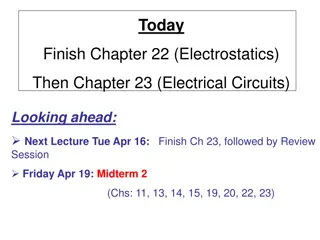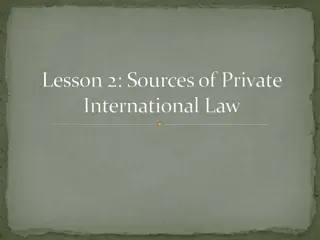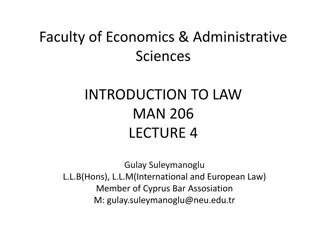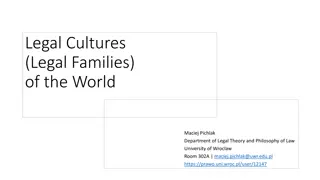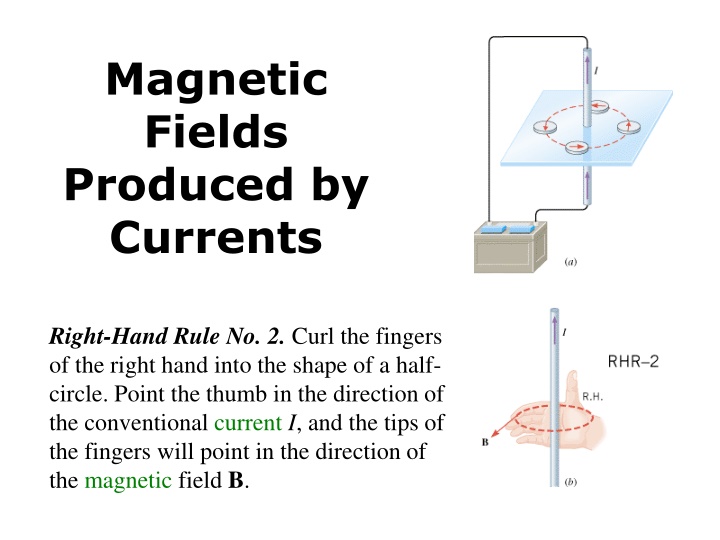
Magnetic Fields and Applications
Explore the fundamentals of magnetic fields produced by currents, Ampère's Law, magnetic materials, induced magnetism, and various magnetic applications such as magnetic tape recording, Maglev trains, MRI, and CRT technology.
Download Presentation

Please find below an Image/Link to download the presentation.
The content on the website is provided AS IS for your information and personal use only. It may not be sold, licensed, or shared on other websites without obtaining consent from the author. If you encounter any issues during the download, it is possible that the publisher has removed the file from their server.
You are allowed to download the files provided on this website for personal or commercial use, subject to the condition that they are used lawfully. All files are the property of their respective owners.
The content on the website is provided AS IS for your information and personal use only. It may not be sold, licensed, or shared on other websites without obtaining consent from the author.
E N D
Presentation Transcript
Magnetic Fields Produced by Currents Right-Hand Rule No. 2. Curl the fingers of the right hand into the shape of a half- circle. Point the thumb in the direction of the conventional current I, and the tips of the fingers will point in the direction of the magnetic field B.
A LONG, STRAIGHT WIRE
Ampre's Law For any current geometry that produces a magnetic field that does not change in time, A LONG, STRAIGHT WIRE
Magnetic Materials Magnetic field originates from the orbital and spin motions of the electron. Most substances are nonmagnetic, the magnetism produced at the atomic level tends to cancel out. However, there are some materials, known as ferromagnetic materials, in which the cancellation does not occur for groups of approximately 1016 1019 neighboring atoms, because they have electron spins that are naturally aligned parallel to each other. This alignment results from a special type of quantum mechanical interaction between the spins. The result of the interaction is a small but highly magnetized region of about 0.01 to 0.1 mm in size, depending on the nature of the material; this region is called a magnetic domain. Each domain behaves as a small magnet with its own north and south poles. Common ferromagnetic materials are iron, nickel, cobalt, chromium dioxide, and alnico (an aluminum-nickel-cobalt alloy). Rare-earth magnets are strong permanent magnets made from alloys of rare earth elements. There are two types: neodymium magnets and samarium-cobalt magnets.
MAGNETIC TAPE RECORDING
MAGLEV TRAIN magnetically levitated train









